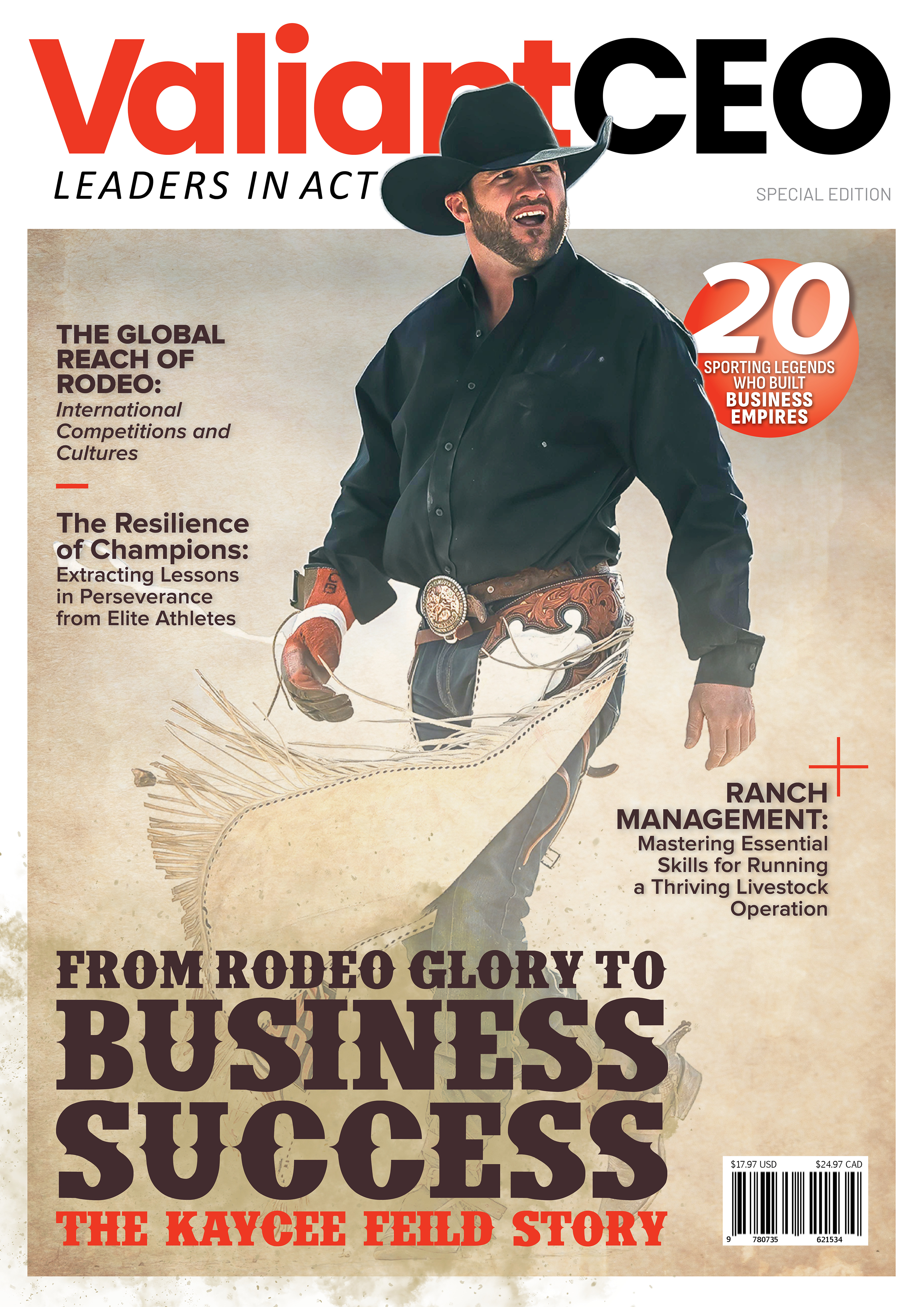Hosting corporate events offers a unique platform to showcase your brand, foster connections with clients and partners, and boost team spirit. But, handling the crowd and traffic can be daunting, particularly with large-scale events.
Though each event has its distinct needs, there are certain things you can do to keep your attendees safe and comfortable. Here are some effective crowd and traffic control tips to keep your corporate event running smoothly.
- Assess Potential Risks
Before contracting traffic control services, it’s necessary to assess potential risks. Key factors include the size and location of your event.
The larger the event, the more attendees there will be, and crowd management will be more challenging. Additionally, the location of the event can influence crowd dynamics. Events in public venues usually attract larger crowds compared to private locations.
Accounting for these factors helps in crafting a more tailored plan to manage attendees and traffic. It aids in identifying areas that require more attention for an orderly corporate event.
- Devise A Comprehensive Plan
Creating a strategy to manage the movement of attendees and vehicles at your event is integral for ensuring safety. With a well-thought-out plan, you can anticipate potential hazards and implement preventive measures. This might involve setting up barriers around high-risk areas or specifying certain zones for attendees to gather.
A solid crowd management strategy also facilitates smooth operations during the event. It enables everyone to enter and exit the venue promptly and efficiently.
Ultimately, a well-executed crowd and traffic control plan contributes to an enhanced overall experience for your attendees and is a significant factor in hosting an unforgettable corporate event.
- Prepare For Emergencies
Even the most meticulously planned events can encounter unexpected emergencies. Therefore, it’s vital to be prepared for such scenarios.
Preparedness includes drafting a plan for evacuations and medical emergencies and ensuring that necessary safety equipment, such as fire extinguishers and first-aid kits, are readily available.
Your evacuation plan should offer clear directives for all participants, highlighting designated evacuation routes and the meeting place once attendees have left the event space.
Similarly, your medical emergency plan should provide comprehensive instructions on how to handle different medical situations, the location of the first-aid kits, and emergency contact information.
- Foster Effective Communication

Clear and prompt communication is at the heart of managing crowds and traffic at corporate events. It directs the flow of participants and vehicles, ensures the safety of the event, and enhances the guest experience.
The foundation of effective communication lies in strategic signage. When employed judiciously, it serves as a powerful tool guiding your attendees effortlessly through the event.
Visible, unambiguous signs marking parking zones, entrances and exits, restrooms, food and beverage areas, and emergency exits are vital. Strategically placing these signs at key points simplifies navigation for participants.
Additionally, your event staff should be proficient in providing clear and concise directions. Their interactions with attendees, whether it involves guiding them to their seats or answering queries, should be professional, friendly, and comprehensive.
Ensuring your staff fully understands the event layout, activities, and key locations will equip them to communicate more clearly.
- Employ Professional Security
Security measures are crucial for corporate events, ensuring orderly operations and contributing to the event’s success. Employing professional security personnel can significantly bolster these safety protocols.
These teams are trained in crowd management, overseeing entrances and exit points, and dealing with large crowds. Their skills are essential in preventing conflicts and maintaining order in high-pressure situations.
Beyond managing crowds, security personnel also contribute significantly to traffic control. They ensure systematic parking and manage smooth traffic flow. Their presence significantly reduces traffic-related concerns.
Providing security personnel also reassures attendees. It establishes a sense of safety, allowing them to focus on enjoying the event rather than worrying about potential threats. While it may seem like an additional cost, it’s a crucial part of your event management strategy that enables you to concentrate on hosting a successful event.
- Leverage Technology
Incorporating technology like radio frequency identification (RFID) can dramatically improve corporate event management by streamlining crowd and traffic control.
Here are several ways technology can be utilized:
- Digital Ticketing Systems: These expedite the check-in process, which is crucial for efficient crowd control. By opting for smartphone tickets, the issues of lost physical tickets and replacements are eliminated.
- GPS-Enabled Apps for Traffic Management: These apps guide attendees along optimal routes and to designated parking areas, minimizing potential congestion.
- RFID-Enabled Wristbands Or Badges: Distributing RFID-enabled wristbands or badges to attendees simplifies tracking and access management. With the right implementation, these can reduce crowd congestion and improve event security.
- Personalized Engagement With RFID: By linking RFID devices to attendees’ social media profiles or personalized event schedules, you can provide instant updates, customized content, and navigation assistance.
RFID is a versatile tool that can be used for tracking attendance, enhancing security, managing access control, and personalizing the attendee experience.
However, it’s critical to remember that any application of this technology must comply with relevant privacy laws and regulations. Attendees must be informed about its use and provided with the choice to opt in.
- Train Staff And Volunteers
Your staff and volunteers are on the frontline in managing crowds, directing traffic, and responding to emergencies. Providing them with comprehensive training can amplify the positive outcome of your event.
Their training should encompass understanding crowd dynamics, particularly in stressful situations, and traffic control techniques, especially in congested parking lots or narrow streets.
Being prepared for emergencies is also critical. Your team must be equipped to respond promptly to any situation, whether it’s a medical emergency, a security issue, or a natural disaster.
Finally, a clear delineation of roles and responsibilities for each team member and a transparent organizational structure can greatly contribute to the overall efficiency and success of your corporate event.
Conclusion
Effective handling of crowds and traffic at corporate events may be demanding, but the strategies outlined above pave the way for a smooth and enjoyable gathering. The goal extends beyond mere management to the creation of an event that leaves a lasting impression.
By combining careful planning, clear communication, and strategic resource utilization, your corporate event can stand out as a memorable experience for all attendees. To ensure the best moments of your meticulously planned event are captured and remembered, consider hiring event photographers who specialize in corporate events. Their expertise can help highlight the success of your event and provide lasting memories for participants.







